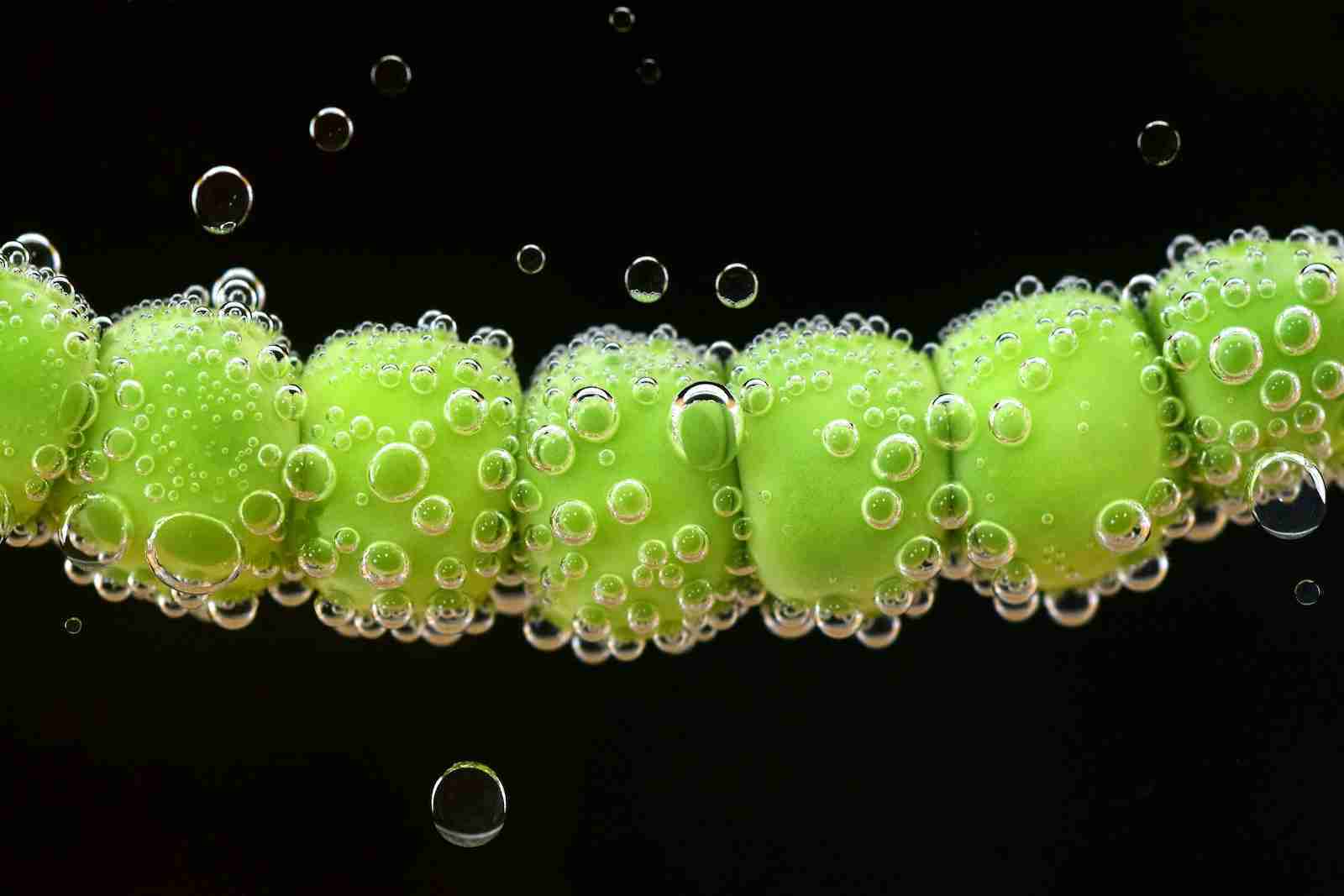23 Fun Facts About Peas: Prepare to Be Amazed
1. Peas are a legume originating in the Mediterranean region.
Peas are part of the legume family, which also includes beans, lentils, and chickpeas. They have been cultivated for thousands of years and are believed to have originated in the Mediterranean region.
Peas are versatile fruits, enjoyed raw or cooked, that belie their botanical truth: they’re seed pods packed with protein, fiber, and vitamins.
2. The oldest pea discovered was nearly 3,000 years old and was found on the Burma-Thailand border.
Archaeologists have discovered evidence that peas were cultivated much earlier than we previously thought. The oldest signs of purposefully grown peas come from the Near East, dating back a whopping 11,300 years.
So, that 3,000-year-old pea from the Burma-Thailand border, while interesting, is just a youngster compared to its ancient ancestors.
3. A single serving of peas packs as much Vitamin C as 2 large apples, and a 100-calorie serving contains more protein than an egg or tablespoon of peanut butter.
A single serving of peas satisfies your taste buds and serves as a nutritional powerhouse. Packed with Vitamin C, equivalent to the amount found in two large apples, peas offer a refreshing and immune-boosting dose of this essential nutrient.
Moreover, a 100-calorie serving of peas boasts a protein content that outshines even that of an egg or a tablespoon of peanut butter, making them a deliciously versatile addition to your diet for maintaining energy and promoting muscle health.
4. Peas come in a variety of colors, including green, yellow, and purple.
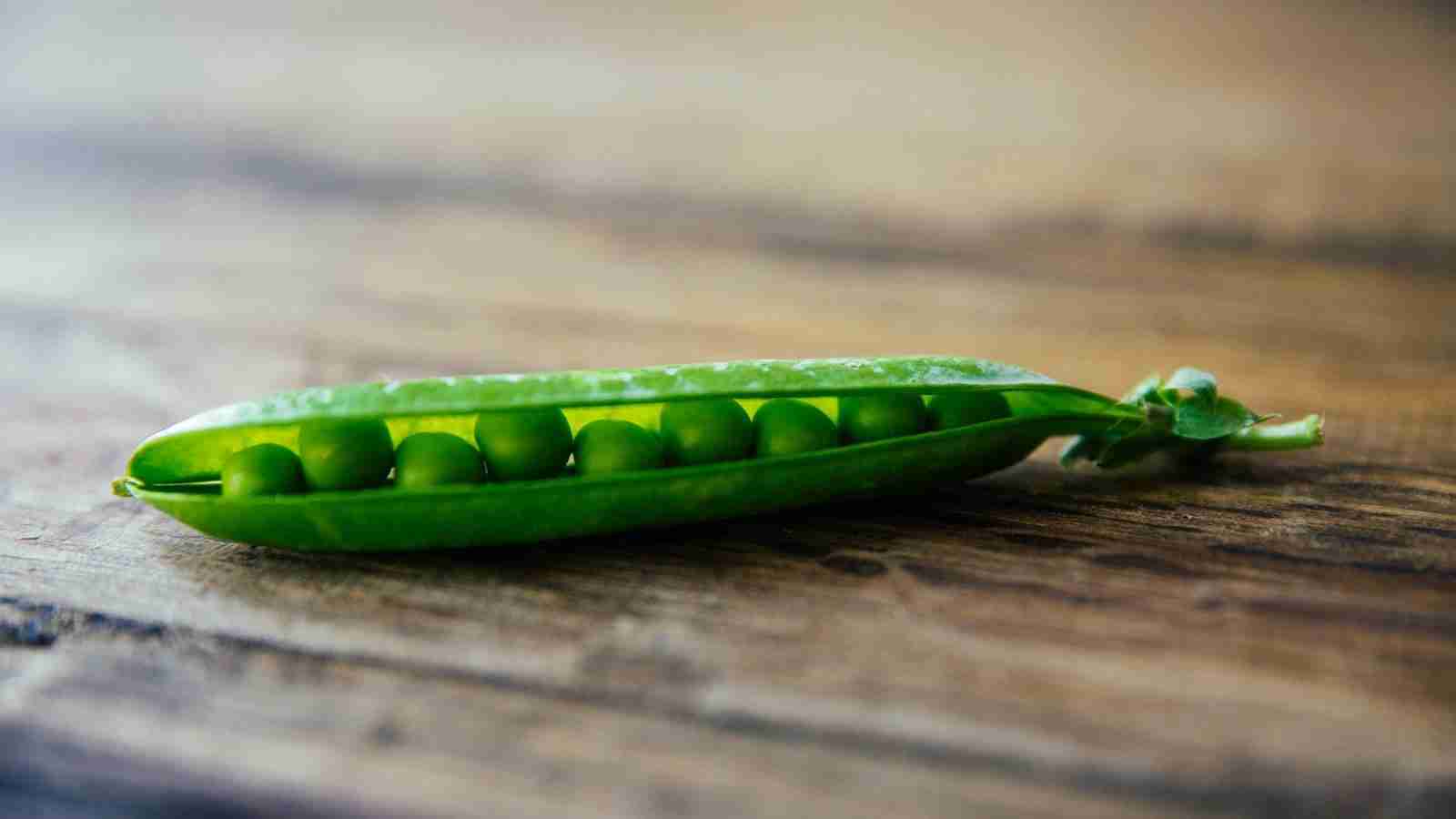
Peas can come in various colors, depending on the variety. Garden peas are typically green, while snow peas and sugar snap peas are usually light green or yellow.
There are also purple peas varieties, often used for decorative purposes in cooking.
5. Thomas Jefferson reportedly enjoyed a friendly competition with neighbors to grow the season’s first peas.
Forget battling for the best lawn. Founding Father Thomas Jefferson, a surprising pea fanatic, joined a springtime showdown with his neighbors. Each year, they raced to cultivate the season’s first peas, with the winner hosting a celebratory dinner featuring the victorious peas.
Though Jefferson’s mountaintop garden offered an advantage, some say a friendly neighbor named George Divers often stole the show.
6. Peas were introduced to North America by European settlers in the 17th century.
Peas were brought to North America by European settlers in the 17th century.
They quickly became a popular crop in the United States and Canada and were grown in both home gardens and on larger farms.
Today, peas are still a popular fruit in North America and are used in a variety of dishes.
7. The largest producer of peas in the world is China.
China is the world’s largest producer of peas, producing over 13 million metric tons in 2020. Other major producers of peas include Russia, India, Canada, and the United States.
Peas are an important crop for both food and feed in many parts of the world.
8. Peas are often used in soups, stews, and casseroles.
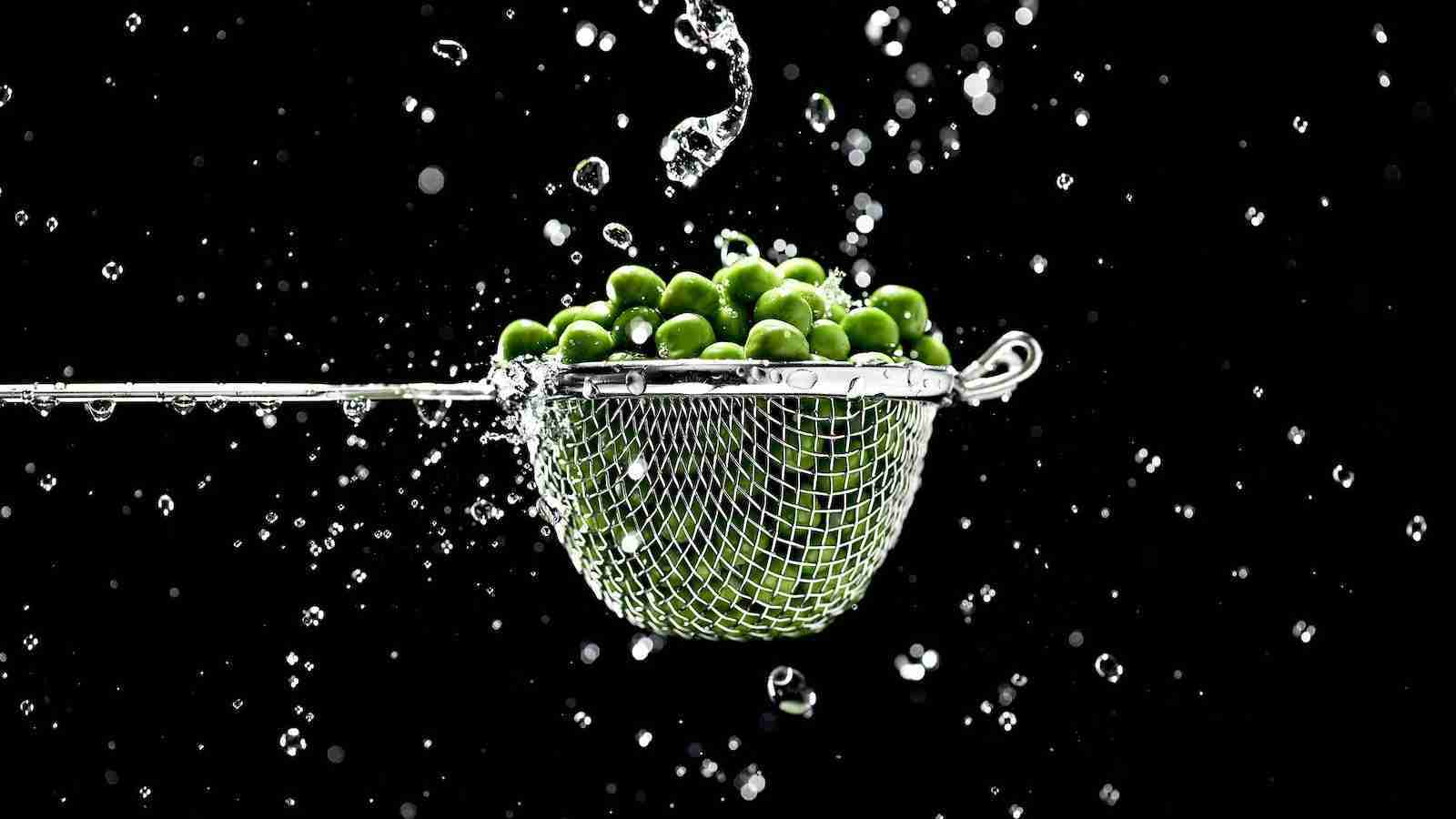
Peas are versatile fruits that can be used in a variety of dishes. They are often used in soups, stews, and casseroles, where they add flavor, texture, and nutrition.
Peas can also be used in salads, dips, and spreads or simply eaten as a snack.
9. In the UK, mushy peas are a popular side dish that is often served with fish and chips.
Mushy peas are a traditional British dish often served with fish and chips. They are typically dried marrow-fat peas that have been soaked and cooked until they are soft and mushy.
They are then seasoned with salt, pepper, and sometimes mint. Mushy peas are a popular comfort food in the UK
10. November 11th is International Mushy Pea Day, a celebration of this traditional British side dish.
Every November 11th, mushy pea fans around the world unite to celebrate International Mushy Pea Day. This day honors a beloved British side dish, typically enjoyed alongside fish and chips. Made with marrowfat peas, a variety left to dry naturally, mushy peas are surprisingly nutritious.
They’re packed with fiber, vitamins B1 and K, and minerals like phosphorus, iron, and magnesium. So, whether you’re a lifelong mushy pea enthusiast or simply curious about this unique culinary tradition, November 11th is the perfect day to grab a spoon and give it a try.
11. Peas have been used in traditional medicine for centuries.
Peas have been used in traditional medicine for centuries. In Ayurvedic medicine, for example, peas are believed to have cooling properties and are used to treat conditions like fever, inflammation, and digestive problems.
In modern medicine, pea protein is sometimes used as a dietary supplement to help build muscle and support overall health.
12. The term “pease” used to be the singular form of “peas.”
In Middle English, the word pease refers to a single pea, while peasen is the plural form.
Over time, the word “peasen” was shortened to “peas,” and the singular form became “pea.” Today, the term “pease” is no longer used in modern English.
13. Peas were among the first crops cultivated using Mendelian genetics.
In the early 1900s, the English botanist and geneticist William Bateson studied the principles of heredity using pea plants.
His work, which involved crossing different pea plant varieties and observing the traits passed down to their offspring, helped lay the foundation for modern genetics.
14. Peas have a relatively low glycemic index.
The glycemic index (GI) is a measure of how quickly foods raise blood sugar levels.
Peas have a relatively low glycemic index, which means they can help regulate blood sugar and may be a good choice for people with diabetes or those looking to maintain stable blood sugar levels.
15. The first frozen peas were introduced in the 1920s.
The first frozen peas were introduced in the 1920s by an American inventor and entrepreneur, Clarence Birdseye.
Birdseye discovered that he could preserve their taste and nutritional value by quickly freezing fruits.
Today, frozen peas are a popular convenience food and are used in many households around the world.
16. Peas are an important crop for crop rotation.
Peas are often used in crop rotation, where they are planted after a crop like corn or wheat in order to help replenish the soil with nitrogen.
Peas are able to convert atmospheric nitrogen into a form that plants can use, which can help improve soil fertility and reduce the need for synthetic fertilizers.
17. The protein in peas is a complete protein.
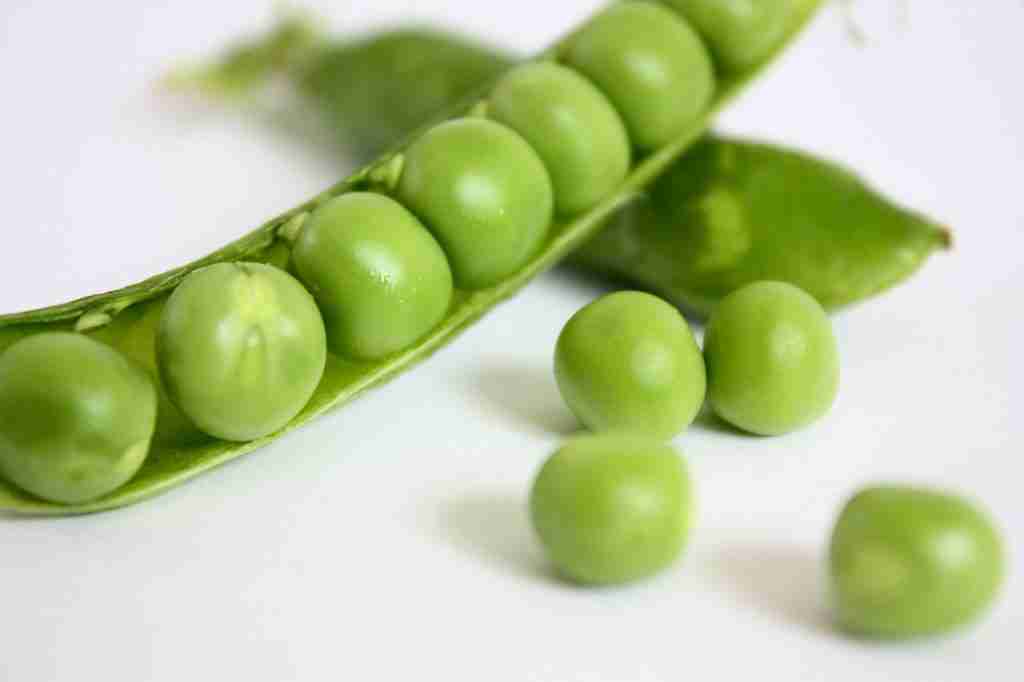
“Peas: Crop rotation essential for sustainable farming.”
Peas are a good source of protein, and the protein they contain is considered a complete protein. This means it contains all the essential amino acids the body needs to build and repair tissues.
Pea protein is a popular ingredient in vegetarian and vegan diets and is often used as a substitute for animal-based proteins.
18. Peas have been sent into space.
In 1982, NASA sent a crop of peas into space as part of an experiment to study the effects of zero gravity on plant growth.
The peas were grown in a specially designed chamber aboard the space shuttle Columbia and were later returned to Earth for analysis.
19. Peas are often used in baby food.
Peas are a common ingredient in baby food, as they are easy to digest and provide a range of important nutrients for growing babies.
Pea puree is a popular option for infants who are just starting to eat solid foods.
20. The average person in the UK eats around 9,000 peas per year.
Peas have been a staple in British cuisine for centuries. In fact, the UK is one of Europe’s largest consumers of peas.
According to the British Frozen Food Federation, the average person in the UK eats around 9,000 peas per year, which is equivalent to about 3kg of peas.
Peas are often served as a side dish, but they are also used in soups, stews, salads, and other dishes.
21. Peas are a symbol of good luck in some cultures.
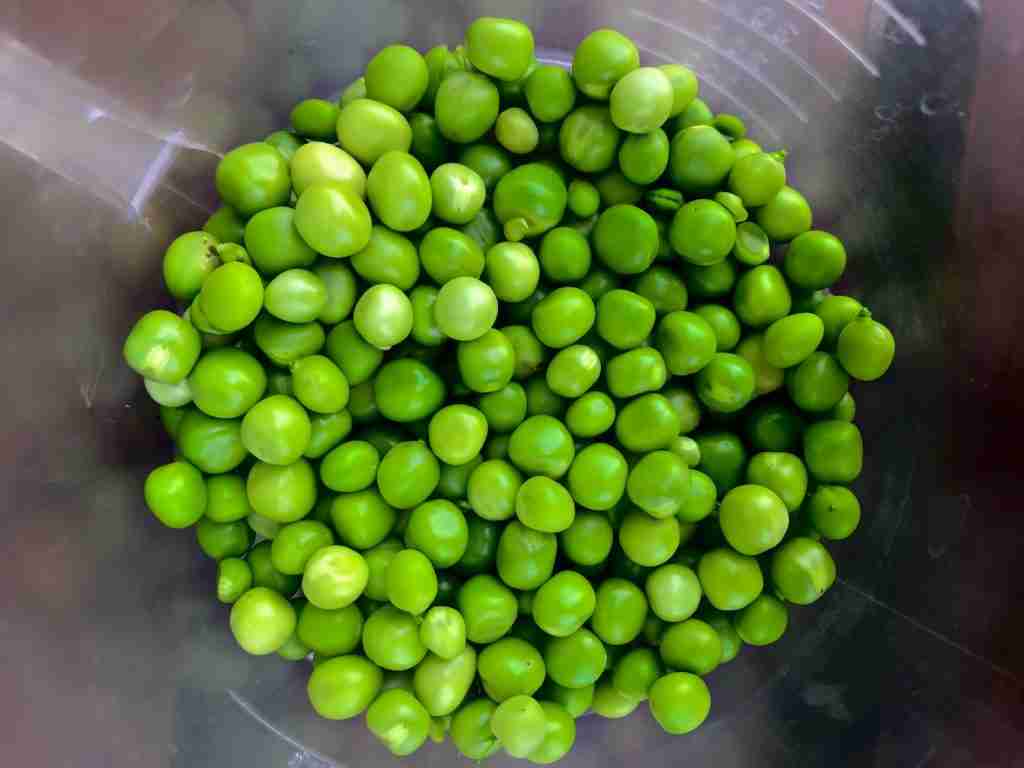
In Greece, it is traditional to serve fava beans or peas on New Year’s Day as a symbol of good luck and prosperity for the coming year.
Similarly, eating black-eyed peas on New Year’s Day is common in some parts of the Southern United States for good luck.
22. Peas were used as a form of currency in ancient times.
In ancient Rome, peas were sometimes used as a form of currency. Peas were valued for their nutritional content and were considered a valuable commodity.
It is said that during Emperor Augustus’s reign, a single pound of peas could be traded for a pound of silver.
23. Peas were once thought to be an aphrodisiac.
In ancient times, peas were believed to have aphrodisiac properties and were sometimes eaten before romantic encounters.
While no scientific evidence supports this claim, peas are still popular in romantic dishes like risotto with peas and prosciutto.
FAQS
Yes, you can enjoy fresh peas raw! They add a delightful crunch to salads, snacks, or dips. Opt for young peas, and if using shelling peas, pop out the peas from the pod first. While some pea pods are edible raw (like snap peas), choose young and tender ones for the best experience. Just be mindful that raw peas contain lectins and phytic acid, which can cause some people to experience bloating or gas – start with a small amount to see how you tolerate them.
Peas are technically a legume, not a vegetable. They belong to the Fabaceae family alongside lentils, chickpeas, and beans. However, peas are often prepared and consumed like a vegetable, so it’s easy to see why they might be classified that way.
Green peas can be your skin’s tiny green ally! They’re loaded with vitamin C, which helps build collagen for a plump, youthful appearance and reduces wrinkles. Peas are antioxidant superstars fighting free radicals that damage skin cells. And don’t forget hydration – peas are a good source of moisture, keeping your skin glowing from within.
Peas are a good source of both carbohydrates and protein. While they contain some protein, they are actually higher in carbohydrates. A typical serving of peas has more carbohydrates than protein by about 2:1. This makes them a good source of energy and some essential amino acids but not a complete protein source.
Green peas are a healthy choice for a nighttime snack. They’re easy to digest and packed with fiber and protein, which aid digestion and keep you satisfied throughout the night. Additionally, peas contain magnesium, a mineral that some studies suggest might improve sleep quality, especially for those deficient in it.

